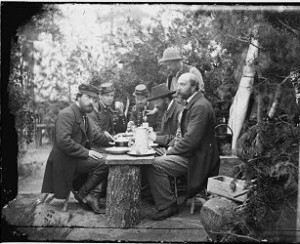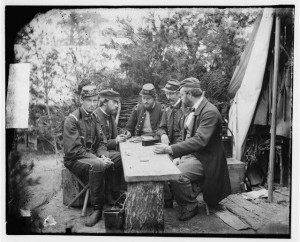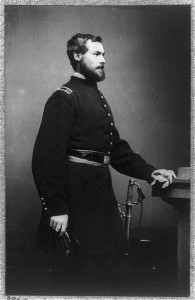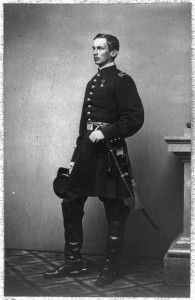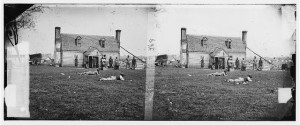The rebels on the Virginia Peninsula in the spring of 1862 might have had a prince commanding a division, but the Union army had three French princes along with it.
________________________________
Thanks, Pa. In 1861, when the American Civil War started Prince François, Prince of Joinville “proceeded to Washington, D.C., and placed the services of his son and two of his nephews at the disposal of the United States government.”
Union General McClellan’s natural hesitancy might have been reinforced by the Prince’s opinion (along with union engineers):
The Prince DE JOINVILLE, who is here, considers the fortifications at Yorktown and its vicinity much stronger than those at Sebastopol were. TODTLEBEN, the celebrated Russian engineer, constructed his works at places possessing more natural defences than Yorktown. All of our engineers admit the enemy’s line of defences to be complete in every respect. One fact is important, however; we have a much larger army, and a greater number of guns –possessing all the latest improvements — than the Allies had when they besieged Sebastopol.
This is said about Prince Philippe, Count of Paris:
A historian, journalist and outspoken democrat, the Count of Paris volunteered to serve as a Union Army officer in the American Civil War along with his younger brother, the Duke of Chartres. As Captain Philippe d’Orléans, the Count of Paris served on the staff of the commander of the Army of the Potomac under Major General George McClellan for nearly a year. He distinguished himself during the unsuccessful Peninsular Campaign. His history of that war is considered a standard reference work.

